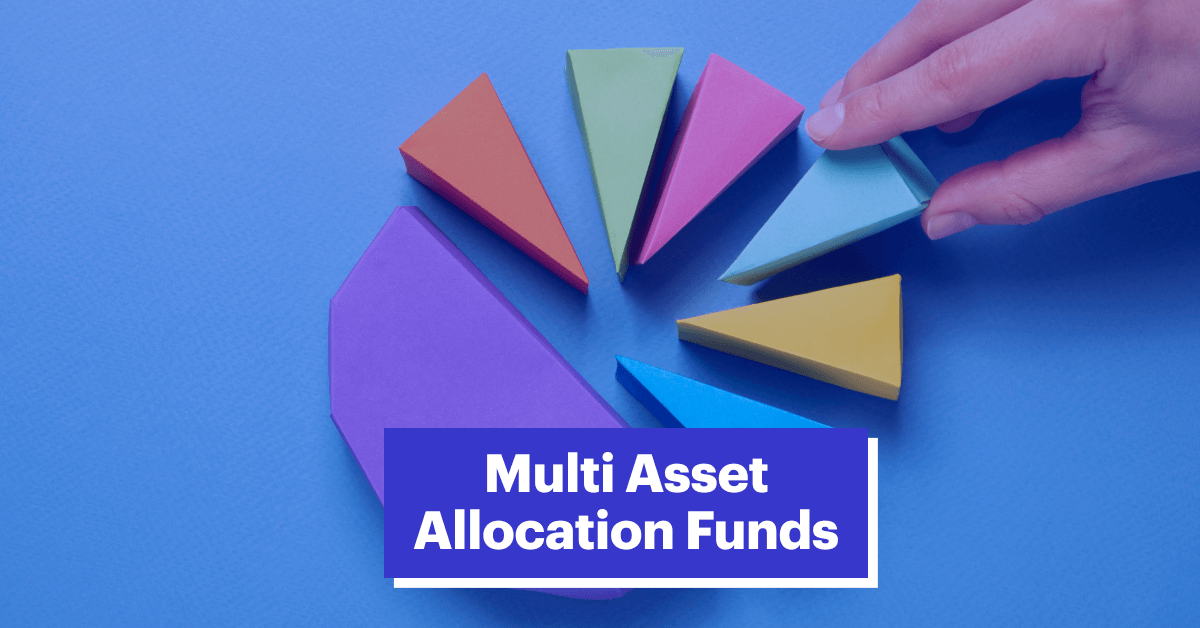A second mortgage can be a powerful financial tool for Canadian homeowners looking to access the equity in their property. Whether you need funds for home renovations, debt consolidation, or other major expenses, understanding how second mortgages work, their advantages, risks, and application process is crucial. This comprehensive guide will help you navigate the world of second mortgages in Canada and make informed decisions that suit your financial goals.
What is a Second Mortgage?
A second mortgage is a loan taken out against your home while you already have a primary mortgage in place. Essentially, it is a secured loan that uses your property as collateral, just like your first mortgage. The “second” in the name indicates that it ranks behind your primary mortgage in terms of repayment priority.
Key Features of a Second Mortgage:
- Secured Loan: Your home serves as collateral.
- Loan Amount: Typically based on the equity available in your property.
- Interest Rates: Often higher than first mortgages due to increased risk for lenders.
- Repayment Terms: Can be structured as lump-sum repayment, regular payments, or a combination.
Second mortgages are different from refinancing your first mortgage, which replaces the original mortgage with a new one. A second mortgage allows homeowners to borrow additional funds without altering the original mortgage.
Why Canadians Consider a Second Mortgage
Homeowners opt for second mortgages for various financial reasons:
1. Home Renovations and Improvements
Many Canadians take a second mortgage to finance home renovations or improvements. Upgrading your kitchen, adding a basement suite, or installing energy-efficient systems can increase your property’s value, making it a smart investment.
2. Debt Consolidation
High-interest debts like credit cards or personal loans can be consolidated using a second mortgage. By leveraging the lower interest rates of a home-secured loan, homeowners can reduce monthly payments and overall interest costs.
3. Major Life Expenses
Whether it’s funding education, purchasing a new vehicle, or covering medical expenses, a second mortgage provides access to significant funds without selling your property.
4. Investment Opportunities
Some homeowners use second mortgages to invest in other properties, start a business, or pursue income-generating opportunities. While this can be lucrative, it also involves careful financial planning and risk assessment.
Types of Second Mortgages in Canada
Understanding the different types of second mortgages can help you select the right one for your situation:
1. Closed Second Mortgage
A closed second mortgage has a fixed term and typically does not allow prepayment without penalties. It offers predictability in interest rates and repayment schedules, making it suitable for borrowers with a clear plan for repayment.
2. Open Second Mortgage
Open second mortgages offer flexibility, allowing borrowers to pay off the loan at any time without penalties. While the interest rates may be slightly higher, this option is ideal for those who anticipate paying off the mortgage early.
3. Home Equity Line of Credit (HELOC)
A HELOC is a revolving credit line secured against your home’s equity. You can borrow and repay funds as needed, similar to a credit card. HELOCs offer flexibility and only require interest payments on the amount used.
Eligibility Requirements for a Second Mortgage
Lenders evaluate several factors when considering second mortgage applications:
- Equity in the Home: Typically, lenders allow a combined loan-to-value (CLTV) ratio of 80–85%, including both the first and second mortgage.
- Credit Score: A good credit history is crucial, though some alternative lenders may consider applications with lower credit scores at higher interest rates.
- Income and Debt Ratios: Lenders assess your ability to repay by examining income, existing debts, and overall financial stability.
- Property Type: Standard residential properties are easier to finance, while rental or commercial properties may face stricter requirements.
Meeting these criteria improves your chances of securing favorable terms and interest rates.
Advantages of a Second Mortgage
Second mortgages offer several benefits:
1. Access to Significant Funds
By leveraging the equity in your home, you can access a substantial sum without selling your property.
2. Lower Interest Rates than Unsecured Loans
Because second mortgages are secured by your home, interest rates are generally lower than credit cards or personal loans.
3. Flexibility in Use
Funds from a second mortgage can be used for virtually any purpose, from renovations to investments, providing financial flexibility.
4. Potential Tax Benefits
In certain situations, using funds for income-generating investments may provide tax deductions. Consulting with a financial advisor can clarify eligibility for tax benefits.
Risks of Second Mortgages
While second mortgages offer advantages, they also carry risks:
- Increased Financial Liability: Defaulting on a second mortgage can lead to foreclosure since your home is collateral.
- Higher Interest Rates than First Mortgages: Second mortgages are riskier for lenders, which is reflected in slightly higher rates.
- Reduced Equity: Borrowing against your home reduces the equity available for future needs or emergencies.
- Fees and Penalties: Some second mortgages come with origination fees, appraisal costs, or prepayment penalties.
It is crucial to weigh these risks against your financial goals before proceeding.
Steps to Obtain a Second Mortgage in Canada
1. Assess Your Needs
Determine the exact amount you need and the purpose of the loan. This clarity will help you select the appropriate type of second mortgage.
2. Check Your Home Equity
Calculate your home’s current value and subtract the balance of your first mortgage to determine available equity.
3. Review Your Credit and Finances
Ensure your credit report is accurate, pay down high-interest debts, and gather proof of income and financial stability.
4. Compare Lenders and Options
Traditional banks, credit unions, and private lenders may offer second mortgages. Compare interest rates, repayment terms, and fees to find the best deal.
5. Apply for the Loan
Submit your application with the required documentation. Lenders will review your financial history, property value, and loan purpose.
6. Obtain Legal and Financial Advice
Before signing, consult a lawyer and financial advisor to review terms, understand obligations, and ensure your interests are protected.
7. Close the Loan and Access Funds
Once approved, you will sign the mortgage agreement and receive the funds. Ensure timely repayment to avoid penalties or risk of foreclosure.
Conclusion
Second mortgages can be a valuable financial tool for Canadian homeowners seeking to access their property’s equity. Whether used for renovations, debt consolidation, or other major expenses, understanding the types, eligibility criteria, benefits, and risks is essential to making an informed decision.
Careful planning, comparing lenders, and seeking professional advice can help you maximize the advantages of a second mortgage while minimizing potential pitfalls. By approaching the process strategically, homeowners can leverage their property’s value to achieve their financial goals safely and responsibly.
For those exploring their options, it’s important to know more about second mortgages to ensure the choice aligns with your financial situation and long-term plans. With proper guidance, a second mortgage can be an effective way to access funds while retaining the security and benefits of homeownership.
YOU MAY ALSO LIKE: How to Improve Your Credit Mix










